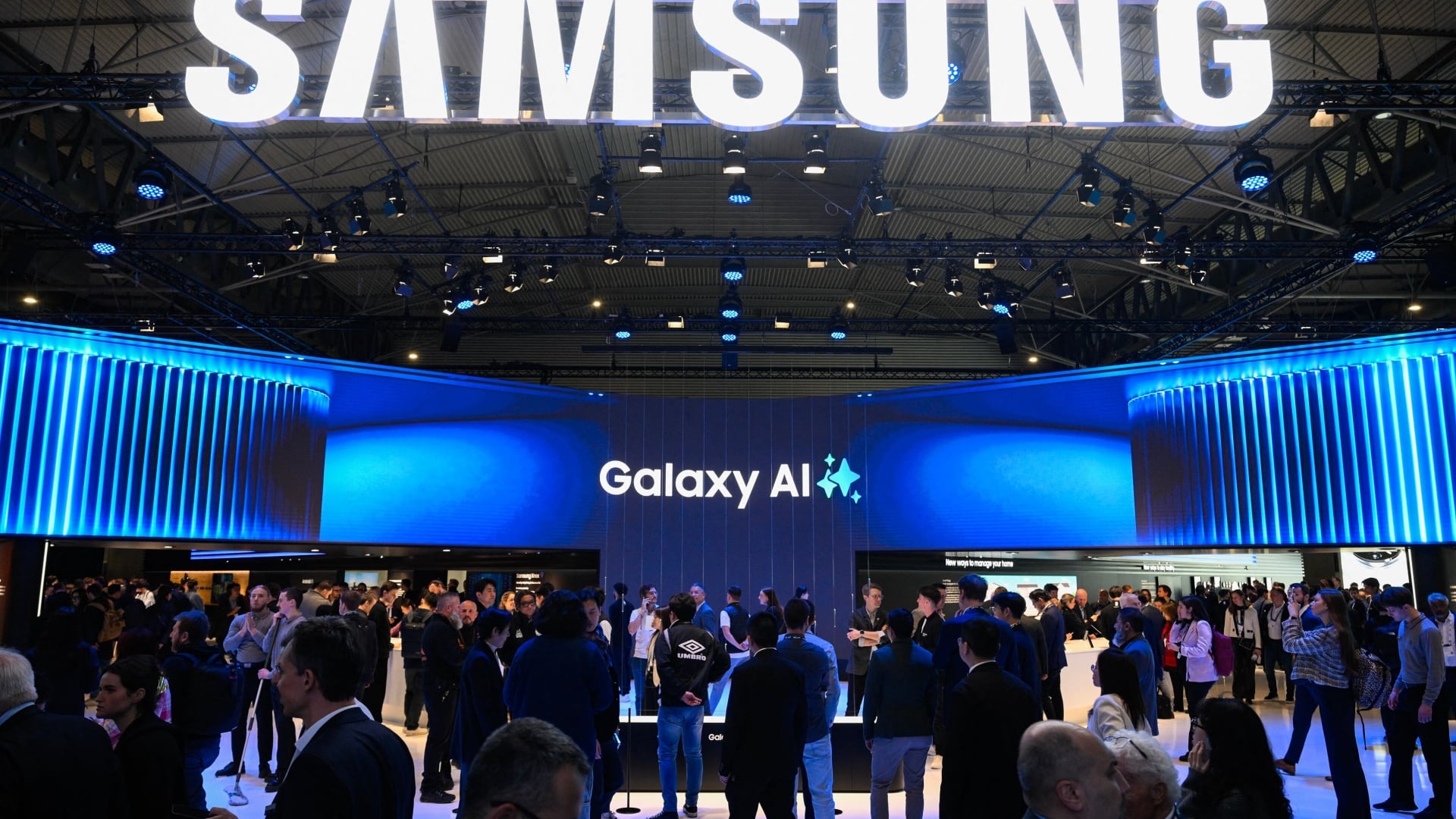How can the country's biggest economic engine, which happens to also be the epicenter of the COVID-19 pandemic, get back to work? It is the question bedeviling officials in the New York metropolitan area. With New York City's coronavirus caseload now "past its peak," according to Gov. Andrew Cuomo, the dilemma turns on when ー and how ー to begin to allow more than just essential workers back into the city's offices, shops, and tourist attractions.
And it all comes down to the state of the public transit system.
"Transit is the lifeblood of New York, and it will survive this challenge," said Tom Prendergast, the former chairman of the MTA who spent 25 years at the agency that controls the NY metro region's sprawling bus, subway, and rail network. Prendergast spoke to Cheddar on Tuesday to offer advice and possible solutions to the paradox of how to run the country's largest public transit network at levels that would help NYC "reopen," while also keeping the millions of daily riders safe.
After all, anyone who's taken the New York City subway knows that a random weekday afternoon counts as a "large gathering" at just about any of the city's 472 stations. Social distancing is awfully tough on even half-filled subway cars.
For now, the MTA has been running reduced service at levels that ensure essential workers like doctors, nurses, cops, and firefighters can still commute to and from work. But beyond that, the system is desolate. Subway ridership is down at least 60 percent. For Metro-North, the commuter rail network that services large swaths of the suburbs, it's closer to 90 percent.
With that kind of decline in ridership comes a precipitous decline in operating revenues. The MTA is currently seeking federal assistance to the tune of $4 billion, predicting losses of $3.7 billion, plus $300 million in added COVID-related expenses, like disinfecting train cars and stations. Despite President Trump's past unwillingness to provide federal funding for New York infrastructure projects, Prendergast said he hopes and believes that the government will come to the rescue.
During past crises ー from 9/11 to Hurricane Sandy ー "we were always met with willing ears," he said. "People understand how important [the MTA] is."
But even with a bailout, the agency still must reckon with how to serve riders with social distancing guidelines in mind. One way to do that, according to Prendergast: stagger business hours. He used his appearance on Cheddar to call on New York business leaders to think beyond 9-to-5 and allow some workers to begin and end their workdays at different times. "Spread the love out," he said. It would be a way to prevent some of the sardine-like conditions that rush hour in NYC is famous for.
Prendergast also said the MTA will need to, perhaps counter-intuitively, run more service even with fewer customers, as a way to ensure trains and buses don't become too crowded. That is partially why a federal bailout is so critical; with such little revenue coming in from fares, it is increasingly difficult to run more than bare-bones service, which is not sustainable after the peak of the crisis passes.
The former transit boss also said the MTA will always "be guided by the science" and not politics when it comes to the well-being of its riders.
Prendergast said he would personally have no qualms with riding a city subway right now, and that when the day comes that a subway or bus commute is no longer avoidable for the city's millions of commuters, they should be assured that whatever guidelines come out are meant with their safety in mind.
"If you follow the guidance given out by the state, the city, and the MTA, you will be safe," he said.








